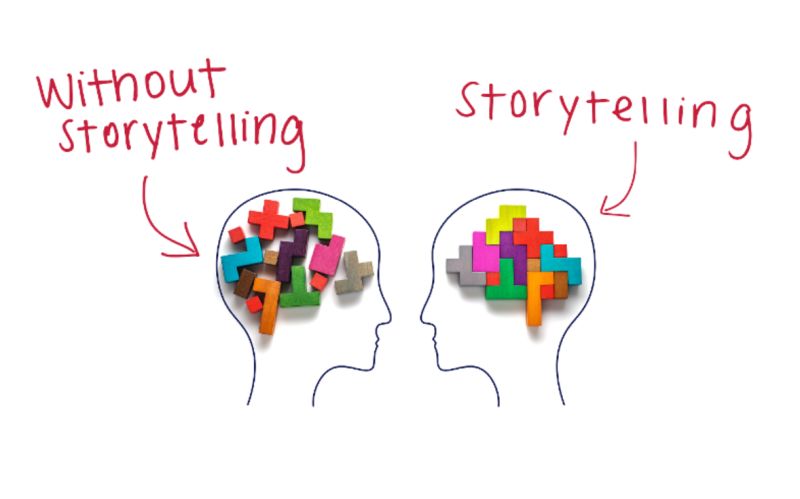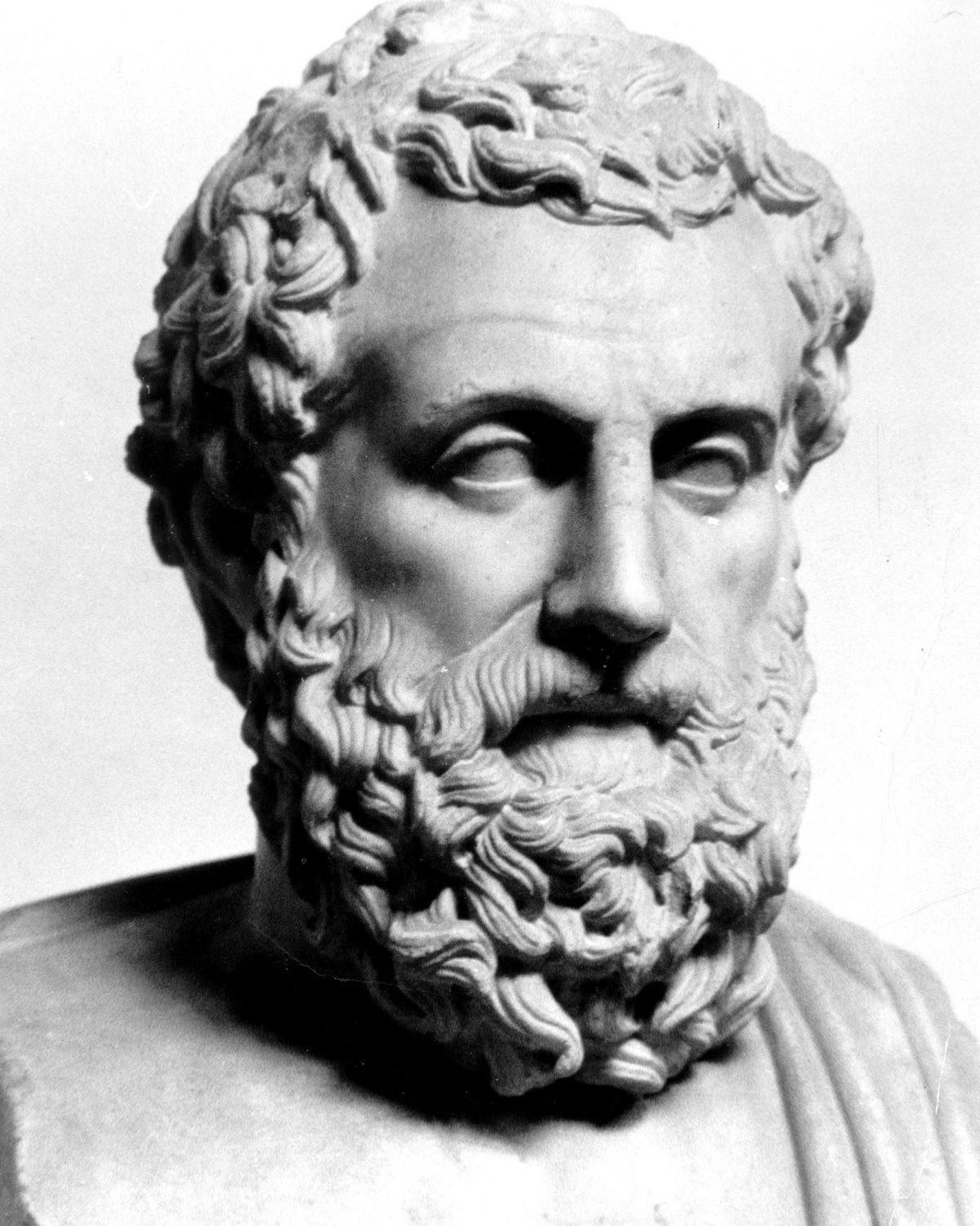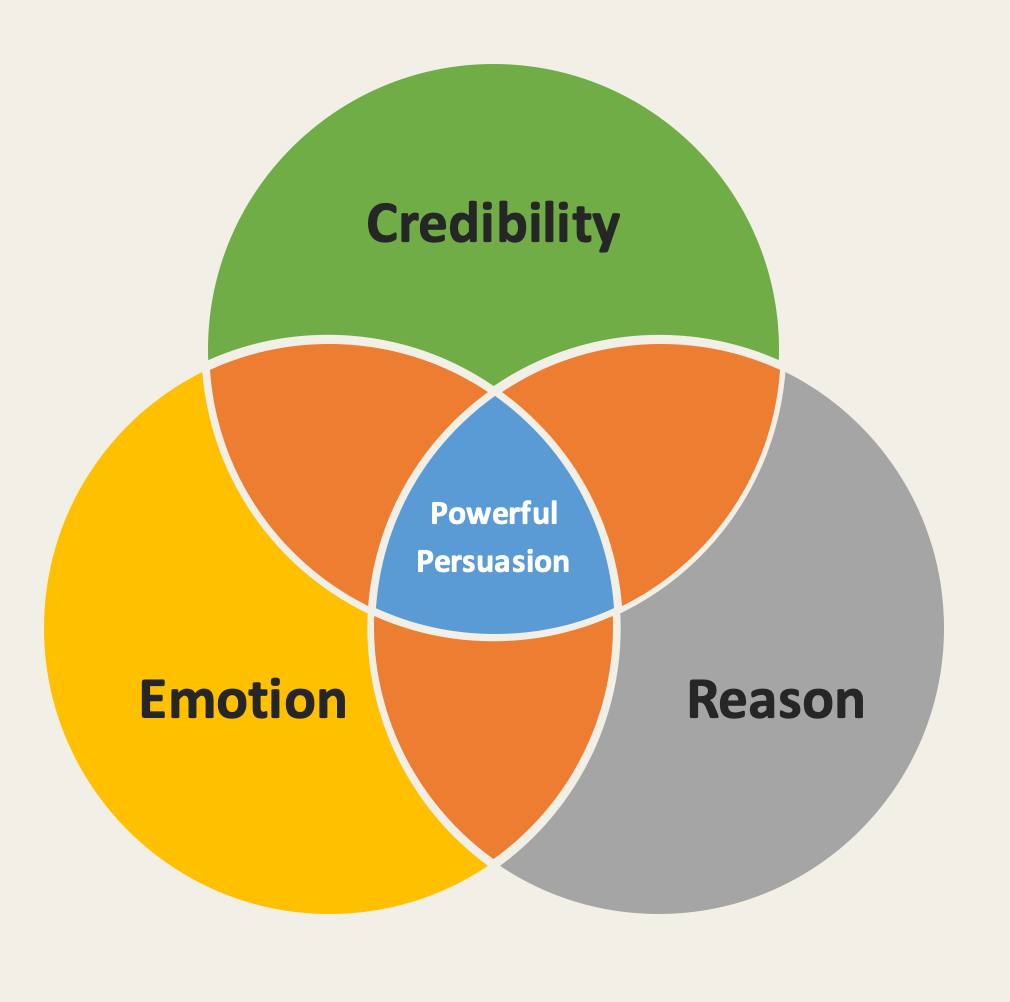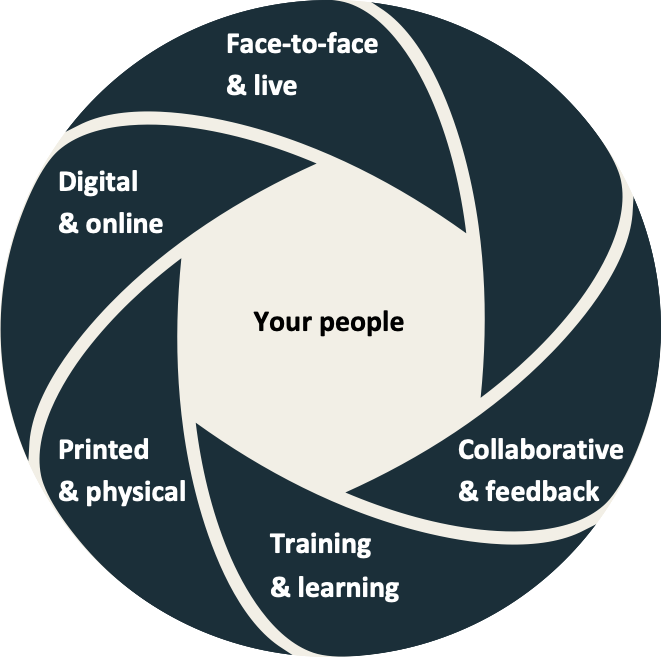
Change Communications
Helping programmes succeed
I help change leaders build trust, alignment, and engagement – by making people feel heard, respected, and included. Because when they are, they’re more likely to understand the changes ahead and feel part of the journey.
My approach combines strategic planning with hands-on delivery. I translate complex programmes – from new systems to revised financial processes – into clear, compelling and consistent narratives that people can relate to. And I work closely with senior leaders to bring those narratives to life across different channels, teams and functions.

That’s why I focus on making communications as authentic and human as possible, which means:
Speaking with clarity – making complex detail simple, and always avoiding jargon and spin
Listening with presence – drawing on insights to shape what’s said, not just how it’s said
Encouraging dialogue – designing space for two-way engagement, not just broadcasts
Supporting leaders – helping senior sponsors communicate with confidence and care
Telling stories – turning change into something people don’t just understand, but feel and remember

Ten questions for Change leaders
You'll need clear answers to these questions to be able to communicate more authentically.
Who is your audience?
Why does this change matter to them?
What do they need?
What outcome do you want?
How will you ensure what you say is clear and real?
How will you adapt your message for different audiences?
What channels will you use?
How will you invite dialogue?
What timing will have the biggest impact?
How will you measure the success?

You'll need clear answers to these questions to be able to communicate more authentically.
Who is your audience?
Why does this change matter to them?
What do they need?
What outcome do you want?
How will you ensure what you say is clear and real?
How will you adapt your message for different audiences?
What channels will you use?
How will you invite dialogue?
What timing will have the biggest impact?
How will you measure the success?


The role of storytelling
Whenever I need to communicate something important, I try to turn it into a story. So, here’s a story about storytelling:
In the early days of Amazon, Jeff Bezos banned PowerPoint presentations. Instead, he required teams to present new ideas and strategic recommendations through a six-page narrative memo – about 1,500 words.
Meetings would begin with everyone reading the memo together, followed by a discussion.
Bezos explained: “There is no way you can write a six-page narratively structured memo and not have clear thinking. PowerPoint is easy for the presenter, but not for the audience.
Storytelling isn't easy, but it transforms communication from something people read or hear into something they feel and remember.
This is especially important in change communications, where bulleted PowerPoint slides can leave people feeling cold and disengaged.

Whenever I need to communicate something important, I try to turn it into a story. So, here’s a story about storytelling:
In the early days of Amazon, Jeff Bezos banned PowerPoint presentations. Instead, he required teams to present new ideas and strategic recommendations through a six-page narrative memo – about 1,500 words.
Meetings would begin with everyone reading the memo together, followed by a discussion.
Bezos explained: “There is no way you can write a six-page narratively structured memo and not have clear thinking. PowerPoint is easy for the presenter, but not for the audience.
Storytelling isn't easy, but it transforms communication from something people read or hear into something they feel and remember.
This is especially important in change communications, where bulleted PowerPoint slides can leave people feeling cold and disengaged.


My personal style guide for business writing
I love Philip Collins’s book To Be Clear. I give it to potential clients and ask them to read the first 49 pages. If they don’t like it, I’m hesitant to work with them.
Clear communication starts with clear thinking. And clear thinking requires research, discussion and consultation with experts. In change programmes, those experts include employees impacted by the change – the people closest to the issues, whose wisdom needs to be heard.
Collins argues that business leaders need to stop using ‘management speak’, and have the courage to be clear – to use language that’s as plain as possible – so people can easily understand what they’re saying.
People always feel worried about change. When we experience more anxiety than we can tolerate, neuroscience tells us that we quickly lose our ability to think clearly. In change programmes, business jargon can often increase anxiety, and create confusion rather than engagement.

I love Philip Collins’s book To Be Clear. I give it to potential clients and ask them to read the first 49 pages. If they don’t like it, I’m hesitant to work with them.
Clear communication starts with clear thinking. And clear thinking requires research, discussion and consultation with experts. In change programmes, those experts include employees impacted by the change – the people closest to the issues, whose wisdom needs to be heard.
Collins argues that business leaders need to stop using ‘management speak’, and have the courage to be clear – to use language that’s as plain as possible – so people can easily understand what they’re saying.
People always feel worried about change. When we experience more anxiety than we can tolerate, neuroscience tells us that we quickly lose our ability to think clearly. In change programmes, business jargon can often increase anxiety, and create confusion rather than engagement.





